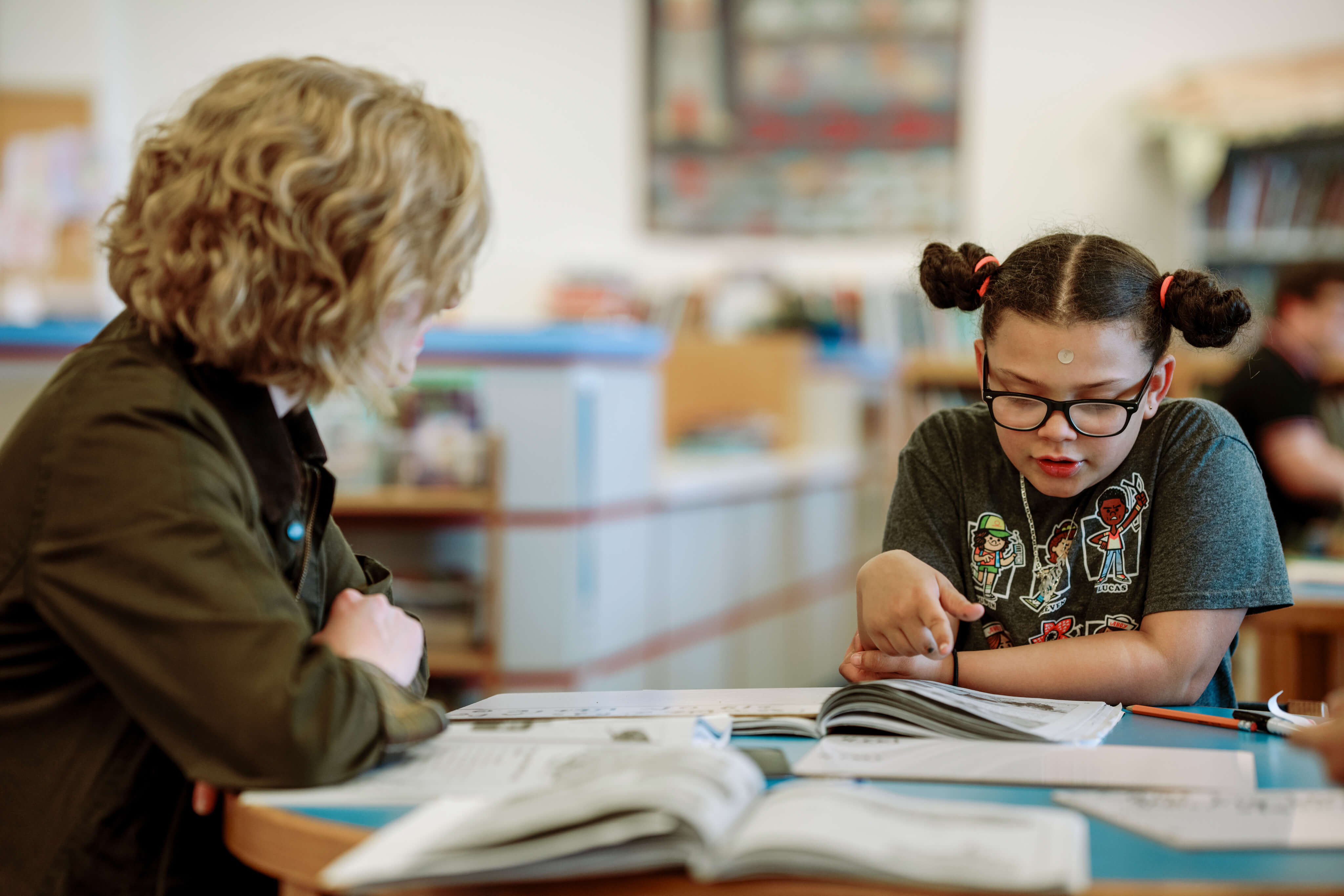 Pi Day is celebrated each year on March 14 (3/14) as a fun way to commemorate pi (π). March 14th is also Albert Einstein’s birthday. The date represents the ratio of a circle’s circumference to its diameter — the number that begins with 3.14. The holiday’s official website describes pi as an “irrational and transcendental number” whose decimals “continue infinitely without repetition or pattern.” In 2009, the U.S. House of Representatives passed a resolution designating March 14 as “National Pi Day” to encourage schools to observe the day with age- and grade-appropriate activities that teach students about pi in a fun and engaging way.
Pi Day is celebrated each year on March 14 (3/14) as a fun way to commemorate pi (π). March 14th is also Albert Einstein’s birthday. The date represents the ratio of a circle’s circumference to its diameter — the number that begins with 3.14. The holiday’s official website describes pi as an “irrational and transcendental number” whose decimals “continue infinitely without repetition or pattern.” In 2009, the U.S. House of Representatives passed a resolution designating March 14 as “National Pi Day” to encourage schools to observe the day with age- and grade-appropriate activities that teach students about pi in a fun and engaging way.
Since pi teaches students about mathematics, Pi Day activities can be integrated with STEM lessons to highlight the relationship between math and other subjects, and to teach students using an interdisciplinary approach. Here is one suggestion:
One way to calculate pi is by counting how many toothpicks (or other similar objects) fall in a certain way when thrown at a series of parallel lines.
Materials Needed
- Toothpicks (matchsticks also work) – at least 100
- Cardboard or poster board surface to draw lines on
- Ruler
- Marker
- Calculator (optional)
Draw several parallel lines on a cardboard or poster board with the distance between each line exactly equal to twice the length of the toothpick. Ask students to randomly toss toothpicks onto the lined surface, keeping track of the total number of toothpicks tossed. When they finish, ask them to count each toothpick that has landed crossing a line in any way. Then, they can divide the total number of toothpicks tossed by the number of toothpicks that crossed the lines. Have them estimate how close their value is to pi.
To highlight STEM learning and help students develop key 21st century skills like critical thinking, problem solving, creativity, communication, and collaboration, you may incorporate the Engineering Design Process into this activity. The EDP supports open-ended problem solving and encourages students to learn from their mistakes as they work collaboratively to create innovative solutions to real-world challenges. Throughout the process, students have an opportunity to develop as independent thinkers and problem solvers with prosocial behaviors as they define, research, hypothesize, build, test, redesign, and defend their ideas.
To incorporate the Engineering Design Process into the Pi Day activity, ask students to:
- Define the problem they want to solve before starting the experiment – in this case, they want to estimate the value of pi as closely as possible.
- Brainstorm some strategies for coming up with the best estimate.
- Research/plan different approaches to the problem (e.g., come up with a plan for tossing the toothpicks strategically to yield optimal results).
- Execute the plan (toss the toothpicks according to the instructions and plan).
- Determine if execution is a success; if not, determine ways to improve the plan.
- Test out the new approach to see if that yields better results.
- Share estimations with the rest of the class.




